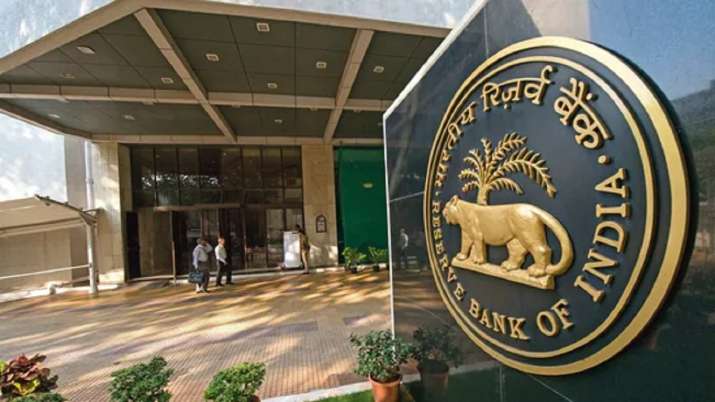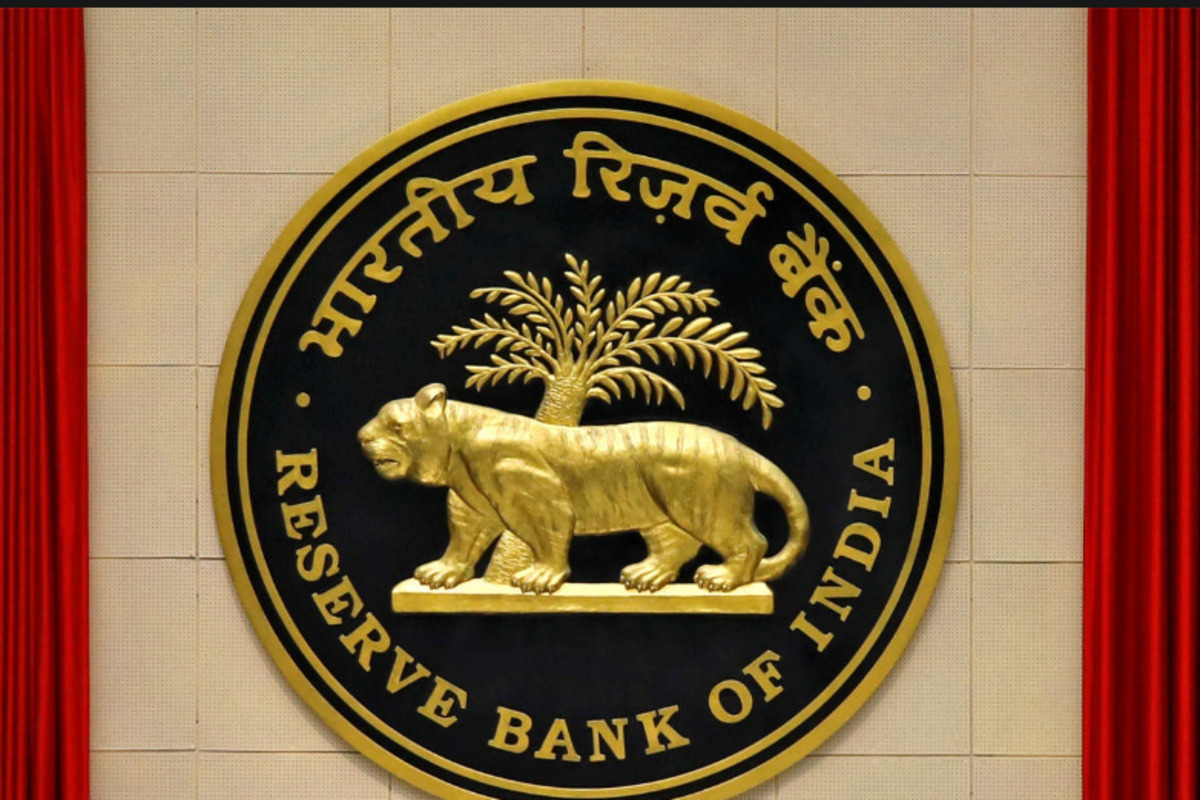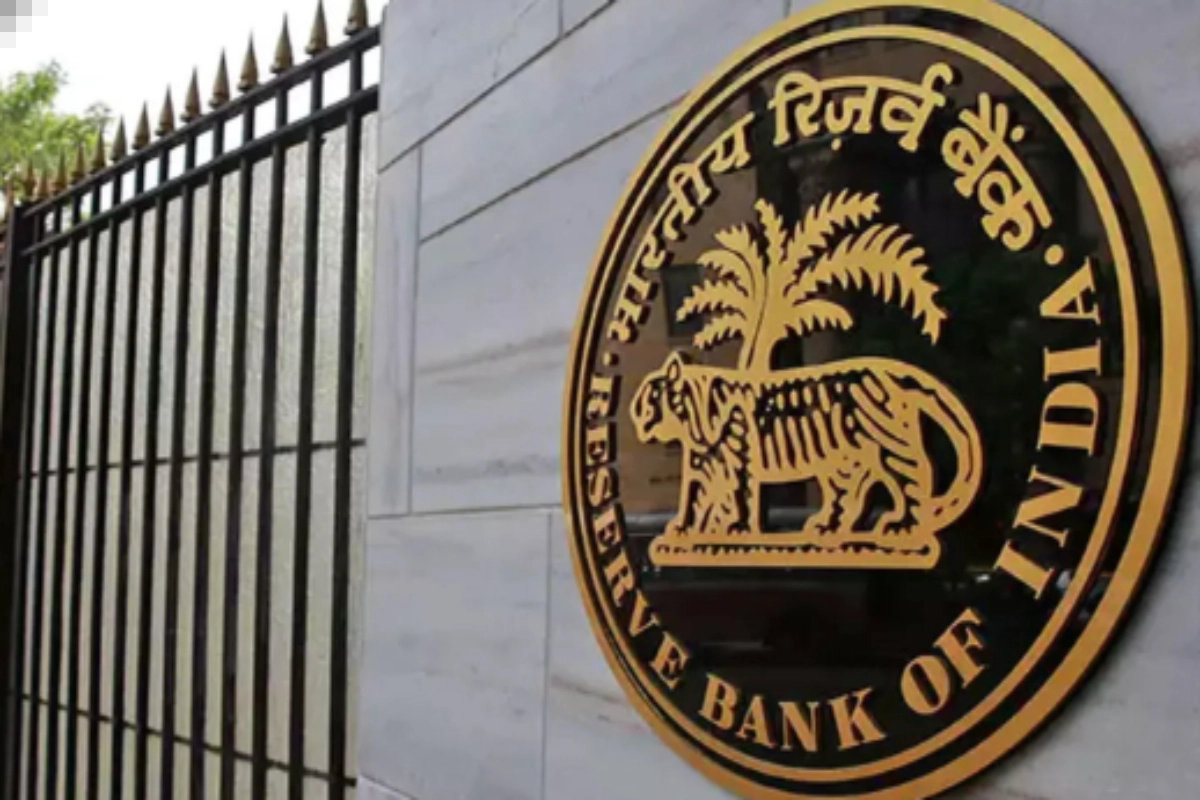The meeting of the Monetary Policy Committee (MPC) of the Reserve Bank of India (RBI), which began on June 2, ended today. Due to the second wave of Corona, strict restrictions imposed in many parts of the country during April and May have affected the Indian economy.
That’s why this meeting was very important. The Monetary Policy Committee of RBI meets every two months. In this meeting, the improvement in the economy is discussed as well as interest rates are decided. The Reserve Bank last revised the policy rates on 22 May 2020.
RBI has not made any change in the repo rate. It remains at 4 per cent. The MPC has taken this decision unanimously.
That is, customers have not got any new relief on EMI or loan interest rates.
The marginal standing facility (MSF) rate is also at 4.25 per cent.
Regarding not changing the interest rates, the Governor said that due to the ever-increasing inflation, the MPC of the Reserve Bank has decided not to change the policy rate.
This time the focus of the monetary policy review is on economic growth.
Das further said that the reverse repo rate has also been kept constant at 3.35 per cent.
Along with this, it has been decided not to make any change in the bank rate. It is at 4.25 per cent.
Simultaneously, the central bank has kept the monetary stance ‘moderate’.
Keeping in mind all the aspects like corona virus epidemic, PMI data, the way companies operate during the pandemic and expectation of normal monsoon, the Reserve Bank of India has projected 9.5 per cent growth in the country’s real GDP in the current financial year 2021-22. have guessed.
In the last meeting, GDP growth was estimated at 10.5 percent. Das said that normal monsoon will help in economic growth.
It will be 18.5 per cent in the first quarter of this fiscal, 7.9 per cent in the second quarter, 7.2 per cent in the third quarter and 6.6 per cent in the fourth quarter.
HDFC Bank Chief Economist Abheek Barua said, “In today’s policy announcement, RBI took all appropriate decisions in terms of its response to the second wave. The decision to buy government securities worth Rs 1.2 lakh crore from the secondary market and with respect to SDL bonds is likely to help ease the pressure in the bond market.











